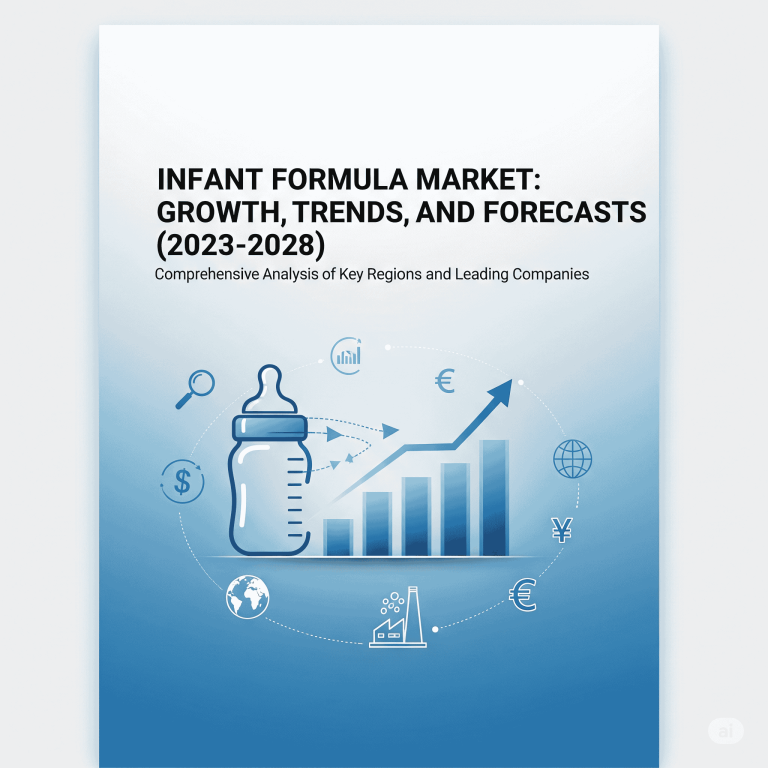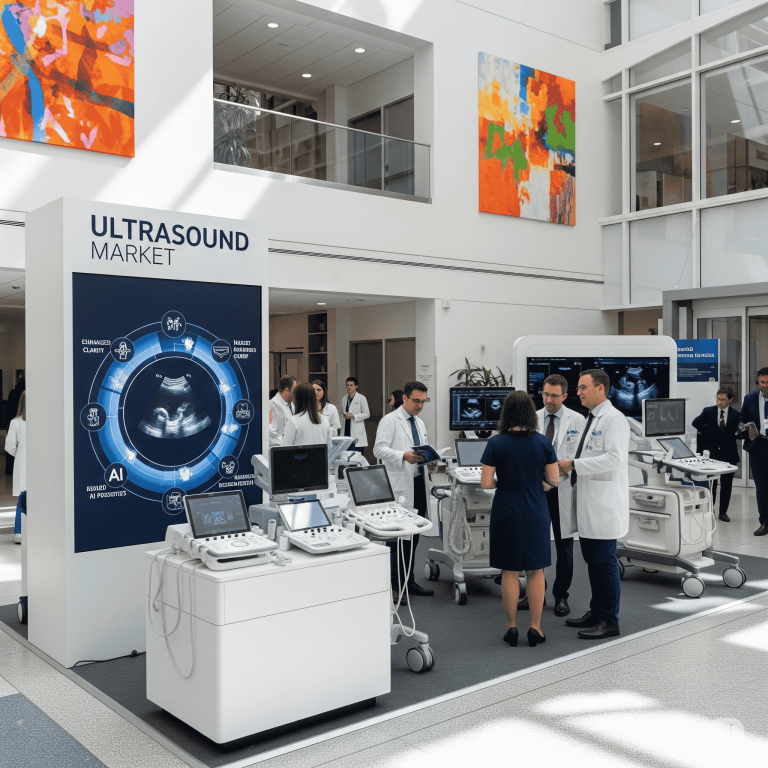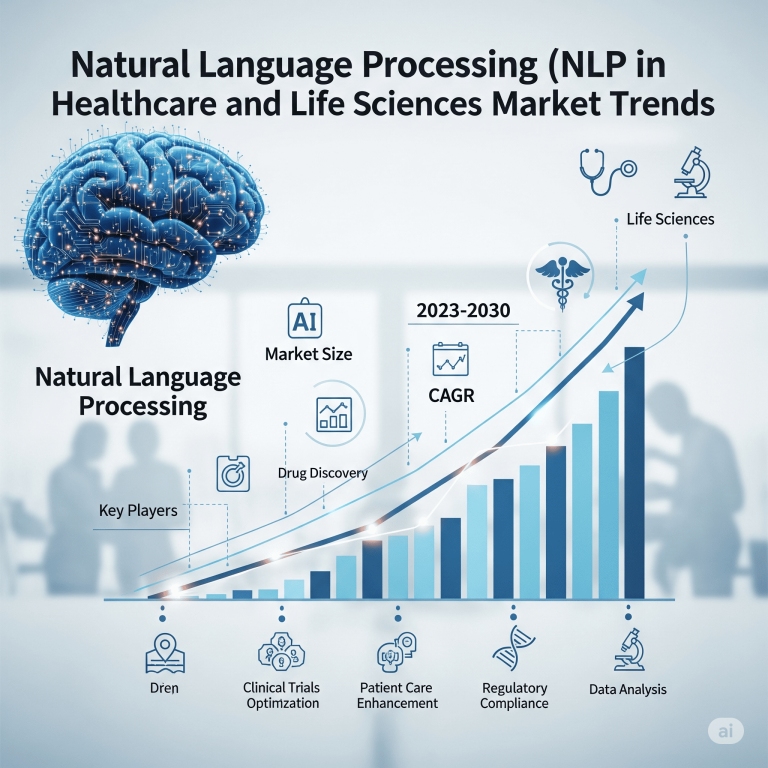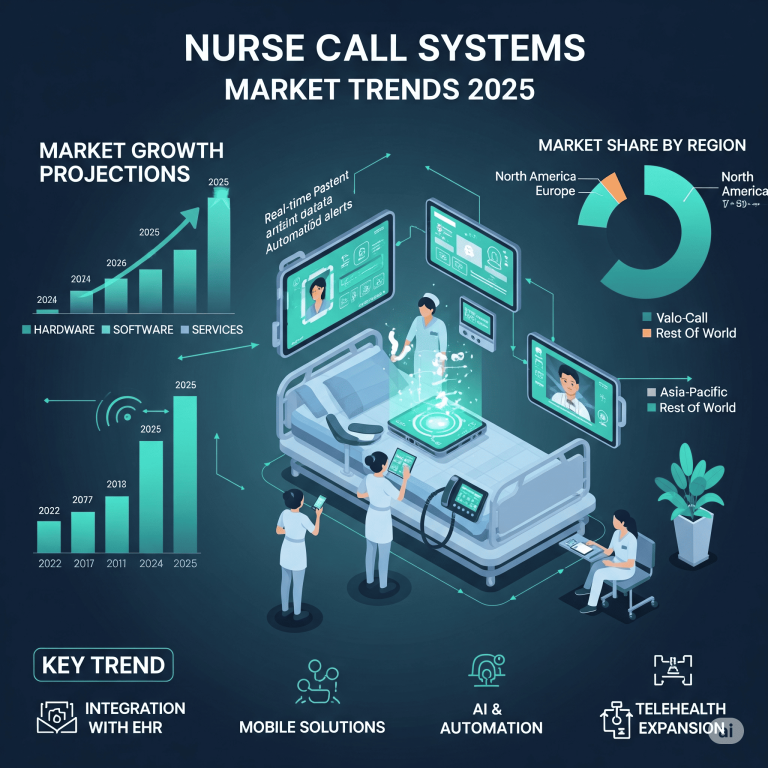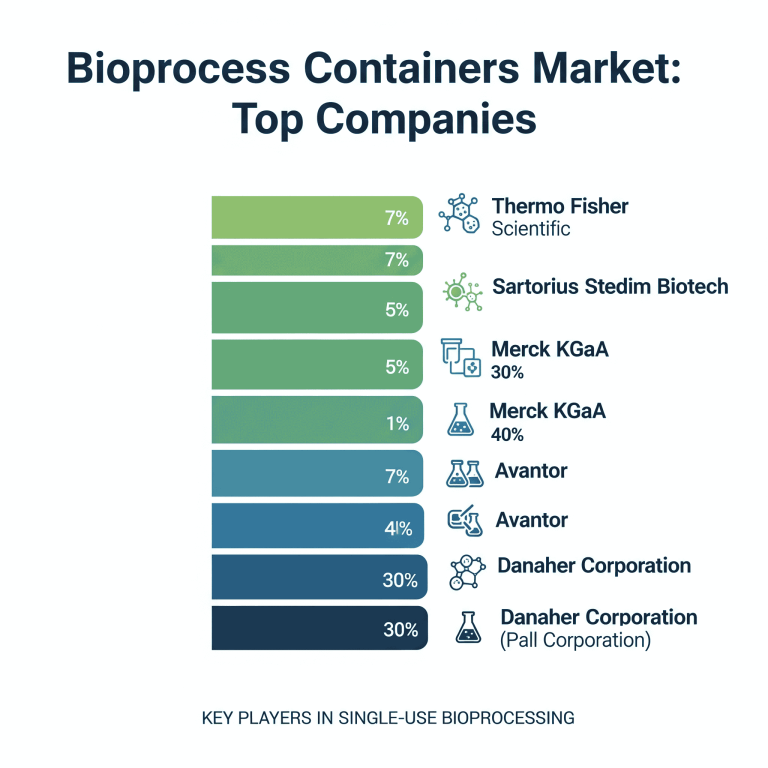
The global microfluidics in oncology market is on a fast-paced upward trajectory. As cancer treatment continues to evolve, this niche but impactful sector is projected to generate substantial revenue growth through 2034. The transformation is largely fueled by emerging technologies, growing demand for precision medicine, and a rising cancer burden globally.
Understanding Microfluidics in Oncology
Microfluidics refers to technologies that process or manipulate tiny amounts of fluids using miniaturized systems. In oncology, these systems offer breakthroughs in cancer diagnosis, drug development, and personalized treatment. They enable researchers and clinicians to analyze single cells, monitor tumor behavior, and test cancer drugs—all with heightened precision and efficiency.
Applications range from modeling tumor angiogenesis and drug screening to liquid biopsies and cancer immunotherapy studies. The key advantages of microfluidic platforms include low sample volume, cost-effectiveness, parallel analysis, and ease of portability.
Invest in Our Premium Strategic Solution: https://www.towardshealthcare.com/download-databook/5757
Market Growth Drivers
Technological Advancements in Diagnostics
One of the primary drivers of market growth is the advancement in microfluidic technologies that allow accurate manipulation of cancer cells. These systems can isolate single tumor cells and support molecular analysis, which is vital for developing personalized therapies. They are also increasingly used to monitor treatment responses in real time.
In October 2024, Okomera received €1.5 million to develop a microfluidic and AI-powered CRISPR editing platform to accelerate oncology drug discovery. Meanwhile, in July 2024, SMART (Singapore-MIT Alliance) researchers unveiled a microfluidic chip capable of producing CAR-T cells at clinical doses—underscoring the value of automated and miniature platforms in cancer therapy development.
Integration of Artificial Intelligence
Artificial Intelligence (AI) is becoming deeply intertwined with microfluidics. AI enhances the design, operation, and data analysis of microfluidic experiments by automating tasks traditionally reliant on human input. The integration allows for high-throughput analysis, improved sensitivity, and rapid decision-making—critical in applications like cancer diagnostics.
Deepcell, for example, raised over $90 million to develop an AI-based cell analysis platform, and has partnered with NVIDIA to push the frontiers of generative AI in cancer research.
Get All the Details in Our Solutions – Access Report Preview: https://www.towardshealthcare.com/download-sample/5757
Challenges in the Market
Despite significant progress, the sector faces technical challenges. Traditional microfluidic systems often struggle with complex drug testing scenarios. Many are limited to single-drug testing or simple gradients, limiting their use in combinatorial drug screening.
This limitation is a key hurdle in advancing more dynamic and comprehensive cancer therapies using microfluidic platforms.
Emerging Opportunities
One of the most exciting developments is the creation of cancer immunotherapy-on-a-chip (ITOC) systems. These microfluidic devices replicate the tumor microenvironment and allow researchers to evaluate the efficacy of immunotherapies such as checkpoint inhibitors and cell-based therapies in a controlled, physiologically relevant environment.
By supporting early-stage screening and immune cell interaction analysis, ITOC platforms are opening new possibilities in cancer research and drug development.
Comprehensive insights and strategic opportunities with our Global Deep Dive Analysis — all for just USD 3,900. Empower your decisions with data-driven intelligence
Regional Market Insights
North America: Market Leader
North America holds the dominant share in the microfluidics in oncology market. The region’s strong healthcare infrastructure, abundant research funding, and supportive regulatory environment all contribute to its leadership.
Institutions like the National Cancer Institute (NCI) and organizations such as the American Cancer Society, which invested over $130 million in cancer research, are key to driving innovation. Additionally, the launch of Bruker’s Beacon Discovery Optofluidic System in April 2025 reflects the region’s commitment to advanced diagnostics.
If you have any questions, please feel free to contact us at sales@towardshealthcare.com
Asia Pacific: Fastest Growing Region
Asia Pacific is expected to be the fastest-growing market due to rising investment in biotechnology and the urgent need to address increasing cancer rates. Countries such as China, India, South Korea, and Taiwan are experiencing a surge in cancer cases and are heavily investing in new technologies.
In China, healthcare modernization and a growing aging population are accelerating the adoption of microfluidic tools in oncology. Similarly, India’s digital health initiatives and government support for biotech startups, including the success of Ayushman Bharat with over 73 crore health accounts created, are strengthening the sector.
Canada: A Strong Player in Innovation
Canada’s thriving biotech ecosystem and healthcare innovation landscape are contributing to the adoption of microfluidic technologies. An increase in healthcare startups and government support for cancer research is bolstering growth in this sector.
Industry Developments
Recent months have seen several key collaborations and product launches in the microfluidics in oncology space:
-
December 2024: Emulseo partnered with Syensqo to integrate Galden PFPE into droplet-based microfluidic solutions, enhancing the performance of microfluidic devices.
-
April 2025: CN Bio joined forces with China-based Pharmaron to validate its PhysioMimix organ-on-a-chip technology, integrating it into Pharmaron’s R&D workflows.
-
April 2025: Bruker introduced its new Beacon Discovery system at the American Association for Cancer Research (AACR) Annual Meeting, providing labs with new capabilities in single-cell analysis.
Conclusion
The global microfluidics in oncology market is on the verge of a major transformation. With growing demand for precision cancer care, coupled with cutting-edge innovations like AI integration and ITOC platforms, the market is expected to grow rapidly over the next decade. North America continues to lead in innovation, while Asia Pacific rises as a hotbed of opportunity. As the industry overcomes current technological constraints, microfluidics is set to play a defining role in the future of oncology.
Source : https://www.towardshealthcare.com/insights/microfluidics-in-oncology-market-sizing

